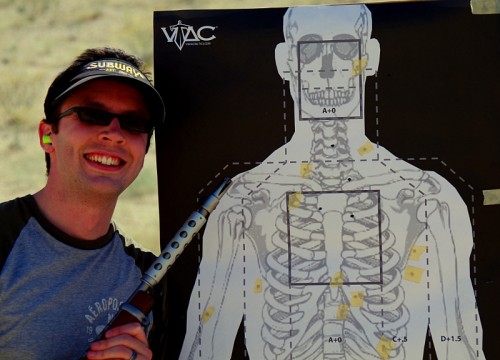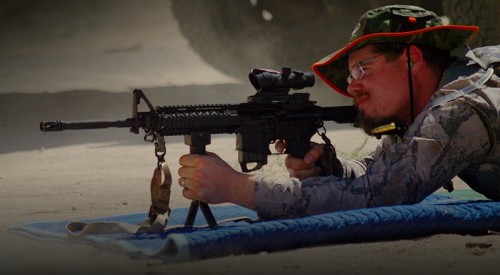I'm currently reading a biography of the physicist Richard Feynman (by James Gleick). So far it's excellent. What I'm really fascinated with right now is (at least how Gleick portrays) the progression of science during Feynman's schooling years (the mid to late 1930s). The number of high caliber physicists at the time (and the time just leading up to it) is astounding: Einstein, Bohr, Rutherford, Heisenberg, Dirac, Lorentz, Schrödinger, De Broglie, Fermi, Oppenheimer, and I'm probably missing some still. Those guys are each incredible scientists in their own right and it's no wonder the understanding of physics changed so dramatically during the 1930s. The only comparison I can think of is the progression of art during the European Renaissance.
As I'm reading, I can't help but wonder about what set apart that time period in history from anything since in terms of scientific progression. Computer Science has a similar vein of tumultuous rapid progression during the era of Turing, von Neumann, Dijkstra, Gödel, Church, Cook, Levin, Kleene, Shannon...But as I'm looking at it, most of these pioneers (in fact, all but Dijsktra) were essentially contemporaries of the physics revolution being discussed. They all would have been products of the same time period of schooling (whether in the U.S. or Europe). Which further raises the question of what was so different about the education systems through which these incredible people went?
Sadly, I don't really have an answer. But if we're looking to reform our education system for better results, what better goal than to figure out what was happening in education from about 1910-1935?
But then, maybe it wasn't the education system at all. Maybe it was the societal mindset about learning and discovery. Maybe it was simply that the education system and society didn't inhibit the intense drive for understanding and innovation that these people felt. Quoting from page 63 of the book (Genius: The Life and Science of Richard Feynman):
At MIT in the thirties the nerd did not exist; a penholder worn in the shirt pocket represented no particular gaucherie; a boy could not become a figure of fun merely by studying....America's future scientists and engineers, many of them rising from the working class, valued studiousness without question.
If this is an accurate portrayal of the time period, it certainly helps explain to me why so many incredible scientists were produced during that era. Gleick describes in one passage of how Feynman and many of his contemporaries grew up reading the Encyclopedia Britannica eager to learn more about the world around them.
They tinkered with, broke, and repaired things--something I think is rarely encouraged these days. I know this is one of the ways I developed my own interests in science and computers. I wanted to learn how things worked, so I played with them, changed them, broke them, and attempted to repair them (sometimes successfully).
People are inquisitive by nature. I think we, as a society, are getting far too good at crushing that inquisitiveness with standardized lesson plans which allow no room for deviation to follow student interests, standardized pedagogy which insists all students learn in the same way, and standardized tests which demand that all students regurgitate their "knowledge" in one, simplified fashion.
If there's one thing I learned in the years I worked as a T.A. it's that students assimilate information in incredibly varied ways. Its hard to come up with new approaches to the material on-the-fly in order to try to help the student make the connection. But if you don't, and instead insist on "the one true approach" to the material, the student will fall behind, become discouraged, and lose interest in the subject matter.
We need to encourage the asking of questions and the seeking out of answers by research, experimentation, or otherwise. We need to foster the innate curiosity, creativity, and inquisitiveness that children have.
I'm not so concerned with the mindless consumption of media or playing of games because our minds need downtime to process and assimilate the world around us. However, I think the hours spent watching TV and browsing the Internet are more of a symptom than a cause; in that we still seek out "new" things, just in a manner that parents aren't worried about anyone getting hurt or anything getting broken. But situations where one might get hurt or something might get broken are, by far, the most likely situations where we might actually learn and remember a lesson.








